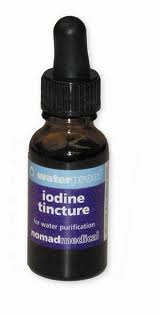Today, we went in depth into DNA. We went through that DNA uses a code to form different types of proteins to make different tissues or organs. The DNA code is t he same as words as both make use of letters and when one letter is changed, the whole meaning is different. But this DNA code has a special name called condons. Codons are instructions to make different types of proteins. Alot of codons add up to form DNA. Codons makes use of 4 different letters(A, T, C, G)and only has a combination of 3 letters. The letters A, T, C and G have a special name known as Nitrogenou Bases. A stands for adenine, T stands for thymine, C stands for cytosine and G stands for guanine. For example, a single strand DNA may be like:
he same as words as both make use of letters and when one letter is changed, the whole meaning is different. But this DNA code has a special name called condons. Codons are instructions to make different types of proteins. Alot of codons add up to form DNA. Codons makes use of 4 different letters(A, T, C, G)and only has a combination of 3 letters. The letters A, T, C and G have a special name known as Nitrogenou Bases. A stands for adenine, T stands for thymine, C stands for cytosine and G stands for guanine. For example, a single strand DNA may be like:
TAG CCG CGT TAG ACG TGA
DNA comes in a pair but the other half is complimentary of the original one. So A will always go with T and G will always go with C. So the complimentary strand of the single strand DNA above is like that:
ATC GGC GCA ATC TGC ACT
The double stranded DNA will twist into something like a spiral staircase withn a hollow interior. This is called DNA double helix.
After going through the topic, we were tasked to make a DNA model using stickers and 2 wires. We were given a total of 20 stickers. And on 5 stickers per letter(A, T, C, G), we were required to write a letter on both ends of the sticker. Then we pasted the stickers on the wires following the rule: A goes with T and G goes with C. And this is how my DNA looks like.

















